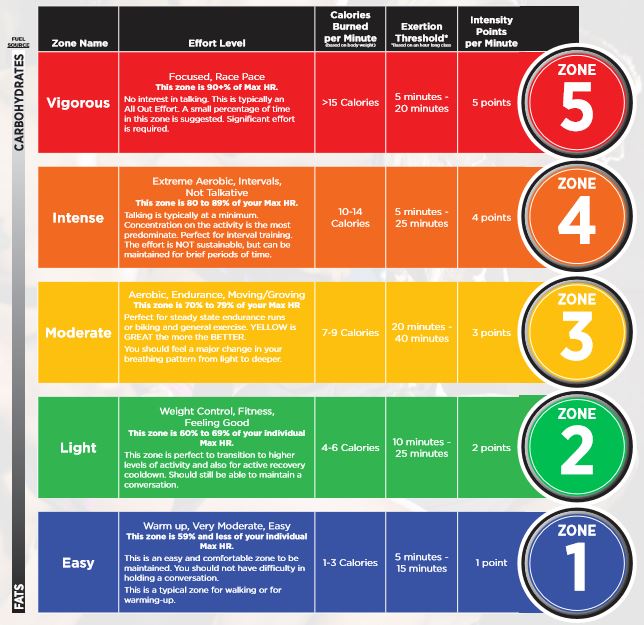What is Heart Rate Training? Why Should You Do It?

If you have taken the first step into exercise as a lifestyle, you have broken through the biggest hurdle that separates you from your fitness goals. However, you must continue to improve, and there is plenty of technology that will help you do just that.
Hitting a plateau is almost as frustrating as changing a lifestyle when it comes to your fitness journey. Quantifying your training with a full heart rate training program is one of the best ways to drive onwards and upwards from plateaus and improve more quickly.
What is Heart Rate Training?
Heart rate training is one of the main ways in which professionals and amateurs alike stay away from the most common mistake of cardiovascular training - overdoing it. Yes, you can actually train too much too fast, and doing so will increase your risk of burnout and serious injury. Here are just a few of the advantages of heart rate training and why you should add it to your workout regimen immediately.
The Advantages of Heart Rate Training
When you are training your heart, the best way to get results is to get "in the zone." Contrary to popular belief, the "zone" is not always as fast as you can go all of the time. In most cases, you want to be between 65 and 80 percent of your maximum heart rate for most of your training. As you finish, you may raise your heart rate to 90 percent of your max, but no farther.
The Zones
Heart rate training will allow you to divide your performance into different zones.
- Zone 1 - The Easy Zone: 0 to 59 percent of your max heart rate
- Zone 2 - The Light Zone: 60 to 69 percent of your max heart rate
- Zone 3 - The Moderate Zone: 70 to 79 percent of your max heart rate
- Zone 4 - The Intense Zone: 80 to 89 percent of your max heart rate
- Zone 5 - The Vigorous Zone: 90+ percent of your max heart rate
Most of your workouts should take place between Zone 1, 2 and 3. As you move up into Zone 4 and 5, you may not be able to keep up this pace for long periods of time. As such, Zone 4 and 5 are specifically meant for specialized workouts.
Measuring Your Max Heart Rate
All of the calculations above are based on a max heart rate, but how do you calculate a max heart rate? Your heart rate monitor will serve as an essential component of this calculation. The "heart rate reserve" is considered to be the most accurate metric of a max heart rate.
In order to get your heart rate reserve, you will need to perform a trial in some sort of stamina training event. For instance, a 5K race allows people to perform at around 97 percent of their max heart rate for the majority of the race. If you want to find your max rate at 100 percent, try a two mile trial instead. Try to pace yourself, and do not worry about total time when you are taking this trial. You can also monitor yourself during a group gym training session.
Take the maximum heart rate number that you hit during your trial on your heart rate monitor. This is a great estimate of your actual max heart rate.
After you record this number, you will need to take your resting heart rate. Take your pulse as soon as you wake up in the morning. Count for a full minute.
Your heart rate reserve is a simple formula: max heart rate - resting heart rate.
The Advantages of Group (HIIT) Training
Now that you have the calculations that you need in order to train most effectively, you need to put yourself in a training environment that will allow you to maintain this standard. High Intensity Interval Training is a great choice for many reasons.
First of all, if you are in a group of people who understand the methodology behind a heart rate monitor and training, you have a standardized metric that you can use as a comparison for yourself. You will be able to see firsthand if you are keeping up with people of your same age and weight class.
Secondly, training in a group keeps you honest! You will be much less likely to fall behind or give up prematurely if you are around people who are encouraging you forward.
Giving Yourself the Best Chance of Success
Getting into better shape does not have to be a lonely or slow activity - it should be fun! Quantifying your efforts through a heart rate monitor will encourage you as you note exactly how much you are improving. Training in a group will open your mind to new training ideas and keep you honest with people who think just like you. The next move is yours - get the right equipment and get going!




Join the conversation